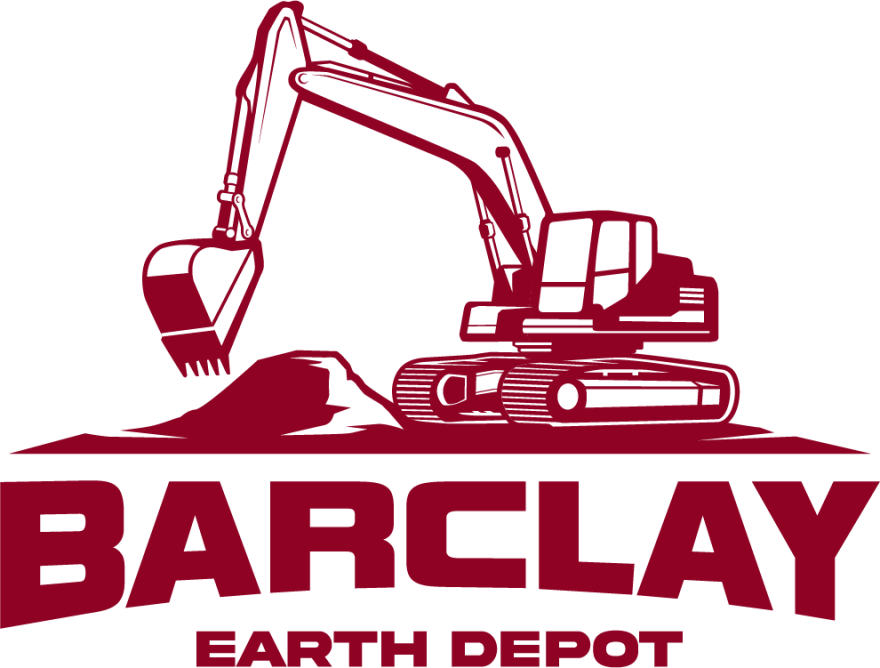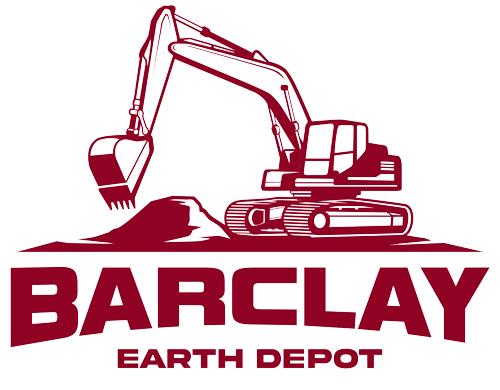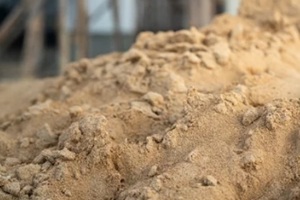 Coastal construction projects face specific challenges due to their sensitive and dynamic surroundings. Erosion is one of the biggest threats to buildings and infrastructure in shoreline settings. Fortunately, strategically using the proper erosion control construction sand can help stabilize vulnerable zones and prevent damage over time.
Coastal construction projects face specific challenges due to their sensitive and dynamic surroundings. Erosion is one of the biggest threats to buildings and infrastructure in shoreline settings. Fortunately, strategically using the proper erosion control construction sand can help stabilize vulnerable zones and prevent damage over time.
Comprehending What Causes Coastal Erosion
The coastal environment constantly changes, shaped by the perpetual push-and-pull between land and sea. Wind, waves, tides, storms, and other forces constantly shift sediments such as sand and soil. While beaches naturally experience cycles of erosion and accretion, human activity can throw off that balance.
Development removes protective dunes and vegetation, while shoreline hardening structures such as seawalls interfere with coastal flow. Rising sea levels, a worldwide phenomenon, also accelerate erosion. These factors make erosion a top concern for coastal projects.
The most common erosion problems include:
- Cliff, bluff, and shoreline recession
- Beach loss
- Exposure to coastal foundations and landscapes
- Saltwater intrusion into freshwater tables
- Flooding risk during storms
When left unchecked, erosion adversely impacts everything in its path. Buildings, roads, pipes, cables, septic systems, and other assets become vulnerable. It also degrades natural habitats and exposes communities to increased storm damage. Proper protective measures are essential.
The Benefits of Construction Sand for Erosion Control
Construction sand and sandy soils naturally form the base of most shorelines. Integrating sand into erosion control strategies is logically effective because it pairs well with existing methods and techniques.
As a dynamic material, sand shifts and moves according to the forces acting on it. Thoughtful design can utilize this quality for erosion control at the base of coastal structures. Deliberately placed sand defenses absorb wave energy while allowing healthy sediment transport flow that synthetic barriers often disrupt.
Properly planned sand installation also complements shorelines visually while promoting ecological diversity. When constructed and maintained correctly, sand-based erosion prevention will not negatively impact downdrift zones. Additionally, the low environmental impact and straightforward maintenance of sand make it an attractive option financially.
Choosing the Right Sand for Your Coastal Project
When selecting construction sand for coastal projects, not all sand is equal. Sand’s characteristics greatly impact its quality and performance for erosion control applications. Carefully evaluating certain metrics guides proper sand selection.
Size Distribution and Grain Shape
The relative mixture of tiny fine sand grains and larger coarse sand or pebbles significantly influences how the sand compacts and drains. Uniform sands compact well but drain poorly, while varied blends with a mix of grain sizes have better permeability. Angular particles interlock firmly, while rounded grains shift more easily. Well-engineered sand blends aim to balance maximum stability and density with minimum potential for erosion.
Chemical Purity
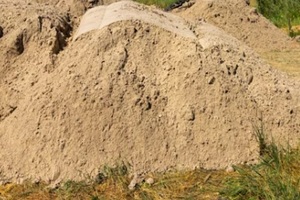 It is best to use sand free of organic material and salt contamination, as these diminish stability. Reputable suppliers regularly assess their sands against various quality standards related to physical, chemical, and environmental properties to validate conformance.
It is best to use sand free of organic material and salt contamination, as these diminish stability. Reputable suppliers regularly assess their sands against various quality standards related to physical, chemical, and environmental properties to validate conformance.
Color Consistency
While not directly related to functional performance, the color of coastal project sand warrants some consideration for visual continuity with native beach sand. Noticeable color inconsistencies between existing shoreline sand and reinforced erosion control sections can appear visually disrupted or unnatural. Selecting sand hues that closely match native sands, even at extra cost, helps preserve an attractive uniform appearance.
Delivery Condition
The condition of the sand during handling and installation also impacts performance. Loose-dumped stockpiles tend to separate by grain size during storage and transport. Moisture content affects the ease of sand flow and compaction. Delivering sand fit for purpose reduces variability during placement and compaction.
Placement Volumes
The large quantities of sand required depend on the specific project’s scale and site conditions, including area dimensions, expected wave forces, existing buffers, if any, and desired longevity or performance lifespan. Accurately estimating needed volumes, plus a reasonable allowance for overages or adjustments, helps secure adequate supply for the project.
Sourcing Reliability
Reliably sourcing the significant sand volumes needed relies heavily on the vendor’s demonstrated capability to supply sand that meets all quality specifications consistently in adequate amounts. Checking references and directly viewing operations helps validate supplier reliability and establish mutually agreeable supply chain protocols.
Successfully Using Construction Sand for Erosion Control
Implementing sand-based solutions for erosion control requires thoughtful planning and installation to realize the benefits. Coastal construction strategies that incorporate sand can provide durable protection:
Toe Protection Structures
Also known as revetments or coastal structures, these reinforced sand mounds at the high tide line protect vulnerable areas such as bluffs from wave damage. Their curved shape absorbs wave energy while allowing sand movement. Incorporating reinforcements, such as stone and wraps, into the sand matrix adds stability.
Artificial Dunes
Mounding properly sized sand mimics natural protective dunes, shielding inland zones from storms and tides. Over time, vegetation can further stabilize these supported dunes. Strategic gaps help regulate tidal flow. Strong structural support from buried walls or containers means less need for repetitive sand replenishment.
Beach Nourishment
Delivering fresh sand to depleted shorelines reinforces natural buffers and bolsters resilience, reflecting the coastal zone’s innate sediment dynamics. Specialized equipment rapidly places necessary volumes to achieve target beach dimensions. Ongoing renourishment counteracts constant erosion.
Sand Containers
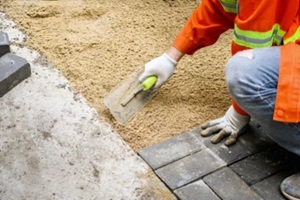 Stackable textile containers filled with sand aptly protect coastal properties from erosion. Hydraulic filling allows for adaptable deployment to site needs. Their permeable and porous forms dampen waves and restrict sediment loss. Extending below sea level, revetments made of these containers resist erosion forces with little visual or environmental disruption.
Stackable textile containers filled with sand aptly protect coastal properties from erosion. Hydraulic filling allows for adaptable deployment to site needs. Their permeable and porous forms dampen waves and restrict sediment loss. Extending below sea level, revetments made of these containers resist erosion forces with little visual or environmental disruption.
Sand Bypassing
This process gathers sand accumulating at updrift accretion sites and restores it to eroding downdrift zones, maintaining shoreline integrity disrupted by structures such as jetties. Strategically laid pipelines or periodic physical transfer from trap sites to erosion areas mimics natural sand sharing.
Protect Your Coastal Project With Construction Sand From Barclay Earth Depot
Erosion control is an essential priority for coastal projects to succeed. As rising sea levels accelerate shoreline instability, reinforced sand can help protect the environment and coastal developments.
The Barclay Earth Depot team has extensive expertise in supplying construction sand suitable for various erosion control applications. Contact us today at (941) WE-DIG-IT or online and let us help you protect your coastal development with top-quality erosion control sand.
